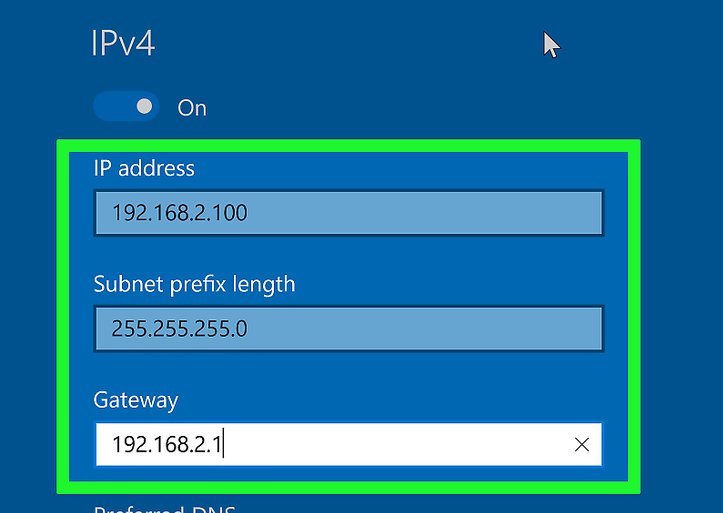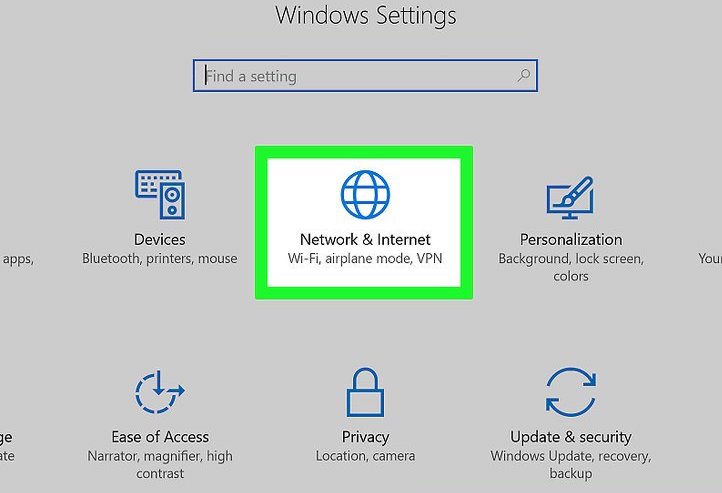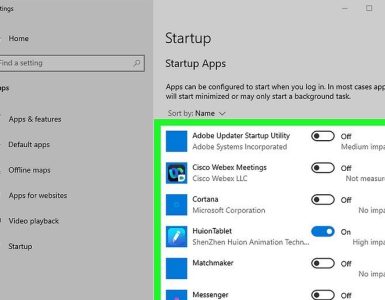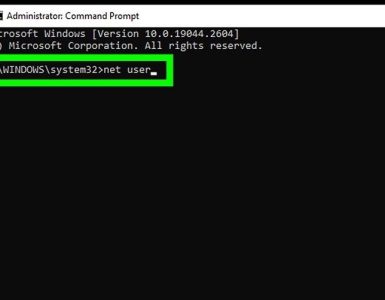This guide will teach you how to change both your public and private IP addresses on a Windows computer. Your public IP address is what your computer broadcasts to other networks, while your private IP address is specific to your computer within your wireless network. Changing these addresses can help resolve connection issues.
Change Your IP Address (Windows)

Method 1: Changing Your Public IP Address
- Unplug Your Router and ModemMost service providers assign dynamic IP addresses that change periodically. By disconnecting your modem for an extended period, you increase the chances of being assigned a new IP address when you reconnect.
- Before doing this, you may want to check your current IP address.
- Unplugging the router and modem from the wall will suffice.
- Disable Your Computer’s Wi-FiTo prevent reconnection to the router when you plug it back in:
- Click the Wi-Fi icon in the bottom-right corner of the screen.
- Click Wi-Fi in the pop-up window.
- Wait for Five MinutesSome ISPs will assign a new IP address within five minutes. If this doesn’t work, you may need to leave your router unplugged overnight (about eight hours).
- Plug Your Router Back InIf you have another device (e.g., phone, gaming console, another computer) connected to Wi-Fi, it will claim the old IP address, freeing up a new one for your computer.
- Re-enable Wi-Fi on Your ComputerAfter other devices have established their connections, this will likely change your computer’s public IP address. Check your IP address again to ensure it has changed.
- Contact Your ISPIn some cases, you may have a static IP address assigned by your ISP. Contact their technical support to change it. This can usually be changed once.
- Use a Proxy NetworkThis method displays a different IP address, often from a different part of the country or world. Reliable proxies and VPNs usually require subscriptions.
Method 2: Renewing Your Private IP Address
- Open StartLocated in the bottom-left corner of the screen. Renewing your IP address is often easier than manually changing it.
- Type Command Prompt into StartThis will search for the Command Prompt app.
- Right-click Command PromptIt should appear at the top of the Start window.
- Click Run as AdministratorThis option is at the bottom of the drop-down menu.
- If you aren’t an administrator on your current computer, you won’t have this option.
- Click Yes When PromptedThis opens Command Prompt.
- Type
ipconfig /releaseand Press EnterThis command “forgets” your current IP address. - Type
ipconfig /renewand Press EnterThis refreshes your IP address and often resolves connection issues, though it may not always change your computer’s actual IP address.
Method 3: Manually Changing the Private IP Address
- Open the Settings AppClick the Start button and select the Settings gear.
- Select Network & Internet CategoryEnsure the Status section is selected, which is the first tab on the left pane.
- Click the “Change Connection Properties” Link
- Click Edit Under “IP Assignment”Scroll down to access this section.
- Switch to a Manual IP AssignmentClick the dropdown menu and choose the Manual option.
- Toggle on IPv4Several text boxes will appear.
- Fill in the Text Boxes
- IP Address: Typically “192.168.1.X” where “X” is specific to your device. Change the “X” value to a number between 1 and 100, ensuring it’s not already in use.
- Subnet Prefix Length: Usually “255.255.255.X”.
- Gateway: This is your router’s IP address.
- Preferred DNS: Your preferred DNS address (e.g., “208.67.222.222” for OpenDNS, or “8.8.8.8” for Google).
- Alternate DNS: A secondary DNS address (e.g., “208.67.220.220” for OpenDNS, or “8.8.4.4” for Google).
- Click SaveYour new network settings will be saved and applied.














Add comment